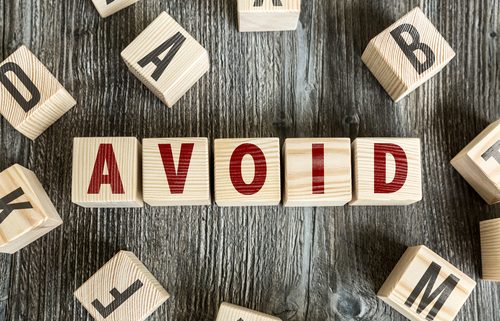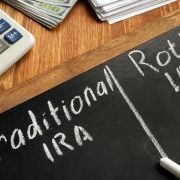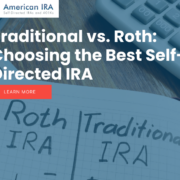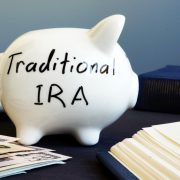Avoid These Pitfalls of Bad Self-Directed Traditional IRA Assumptions
Our assumptions can seriously impact the trajectory of our lives. For instance, if we assume that all retirement accounts have to be through our employer, we might never seek out the independence of opening our own Roth IRA. Perhaps that’s why there’s that old saying: knowledge is power. But when it comes to your Self-Directed Traditional IRA assumptions, how do you know what’s right and what’s wrong?
The Self-Directed Traditional IRA has been around longer than any other retirement account type in the U.S. And for that reason, many people think they have it figured out. But since its inception, a number of other retirement accounts have stolen the spotlight, which means there are still some bad assumptions about Self-Directed Traditional IRAs. Let’s look at some of the pitfalls associated with these assumptions.
Pitfall #1: Assuming a Self-Directed Traditional IRA is the Wrong Choice
Since the advent of the Roth IRA, many people think it’s a simple formula: go with the Roth IRA and call it a day. But there are reasons to consider a Traditional IRA, and these reasons will vary depending on the circumstances of the individual investor. That requires knowing what it is about the Traditional IRA that distinguishes it from the Roth IRA. The Roth IRA uses non-deductible contributions, which means it can be ideal for people who anticipate having a higher income in retirement than they do at the time they start saving. A Traditional IRA can work in reverse, which means that they are tax-deductible contributions, but require paying taxes on the income from distributions upon reaching retirement.
The two accounts have similar contribution limits, which means that they’re equal on those terms. And because they’re highly independent accounts, an investor can theoretically have a 401(k) through work and a Traditional or a Roth IRA on their own, diversifying their retirement funds and strategies as they see fit.
Pitfall #2: Assuming Limitations
For many people, the concept of Self-Direction is new, which means that it can seem a bit complicated. However, a Self-Directed Traditional IRA can still function much like any new account in terms of self-direction and the options it gives you, even though it’s one of the older types of account.
You should, of course, know the limitations inherent to any retirement account like this—and they do exist. But an investor doesn’t have to assume limitations that aren’t there. With a Self-Directed IRA, an investor can branch out to a wide range of potential asset classes. That includes real estate, precious metals, tax liens, private companies, and more. In fact, the IRS only strictly prohibits certain types of assets, such as collectibles, rather than outlining which assets you can invest in. Chances are, if it’s a valid investment asset class, such as stock or real estate, you can have it within a Self-Directed IRA.
Avoiding these two major pitfalls will be a crucial step on your financial journey if you’re looking into a Self-Directed Traditional IRA for your future. But ultimately, it will be your journey. Work with financial advisors and tax professionals as you seek the answers for yourself—and they can help keep you informed. As for our part in all of this, American IRA serves as a Self-Directed IRA administration firm, acting as custodian on the account for administrative purposes. That means the ultimate power in the account remains with you.
Interested in learning more about Self-Directed IRAs? Contact American IRA, LLC at 866-7500-IRA (472) for a free consultation. Download our free guides or visit us online at www.AmericanIRA.com.










